What is the coffee flavor? the aroma of ground coffee beans? how to describe the taste of coffee
Professional coffee knowledge exchange more coffee bean information please follow the coffee workshop (Wechat official account cafe_style)
Guide reading
Recently, when the barista in front street was chatting with guests, he was asked, "is the flavor of coffee equal to the aroma of coffee?" Why can't you smell the smell in the flavor description? " The previous article on Qianjie talked about how to improve your judgment on the taste of coffee. In this article, we will discuss the composition of coffee flavor and how we describe coffee flavor when tasting a cup of coffee.

Composition of coffee flavor = volatile aroma + water-soluble taste + taste
Volatile matter-- aroma
The volatile aroma that we can smell immediately after the coffee is ground. The aroma will have its own order of appearance according to the molecular weight of the substance. The first aromas are light molecular weight aromas, such as jasmine, ginger, citrus, strawberries, etc.; then to medium molecular weight aromas, such as hazelnut, almonds, dark chocolate, milk chocolate, etc.; finally, high molecular weight aromas, such as scorch, turpentine, etc., generally high molecular weight aromas are only found in deeply roasted coffee beans.
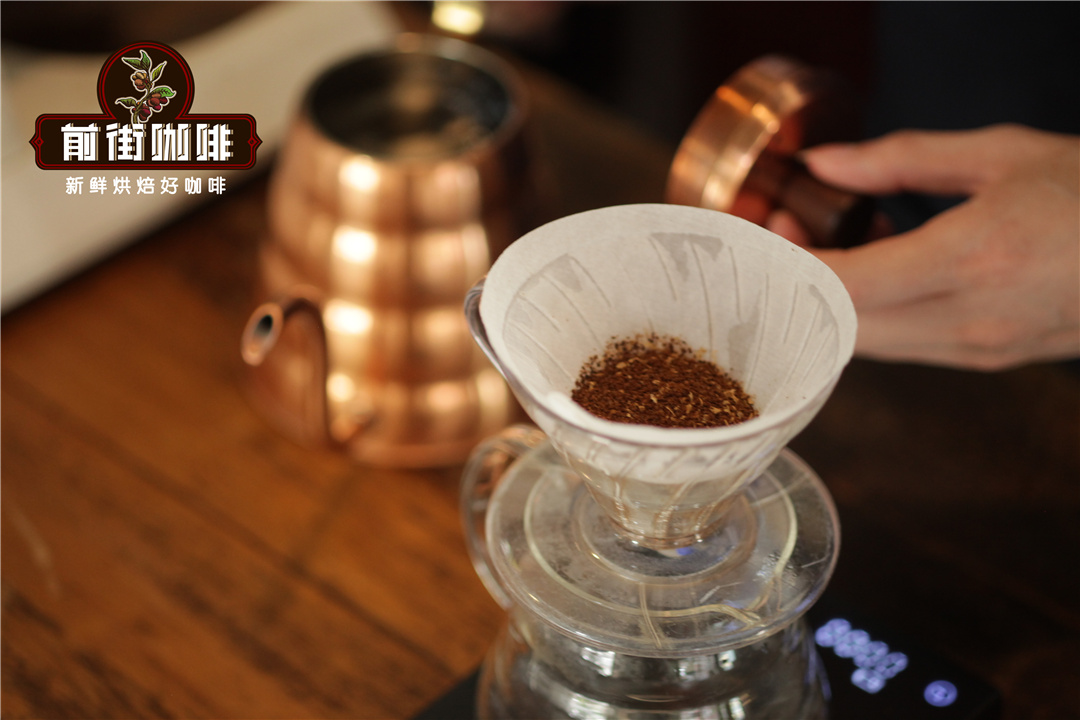
With different appearance order, the aroma of light molecular weight will continue to drift out, so when you feel the aroma of dried coffee, you can try to change the distance between the nose and the coffee powder (not far away, of course). Feel the change of the dry aroma of coffee from far to near.
The dry incense mentioned above refers to the aromatic substances that can be volatilized at room temperature, and some need to be volatilized at high temperature, which we call wet incense. When the coffee powder comes into contact with the hot water at the right temperature, the dried incense will evaporate, and some fragrant substances that can dissolve in water will float out with the steam. This is why when we smell wet incense, it is different from dry incense.
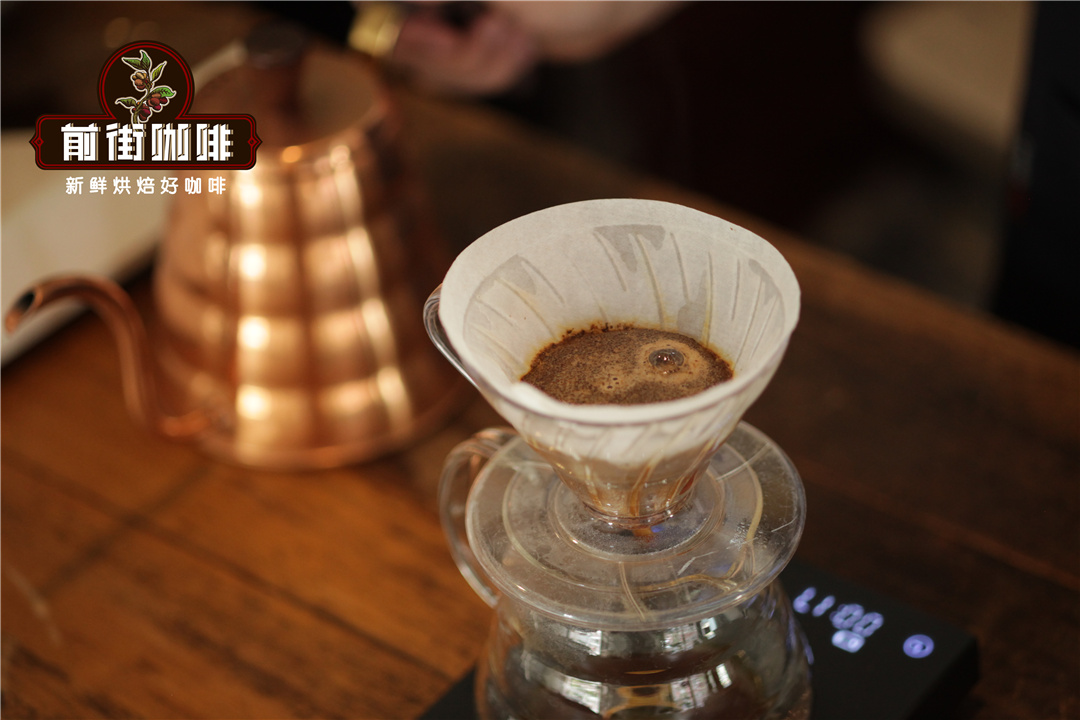
Water-soluble substance-- taste
What we can taste in coffee is the taste of water-soluble substances in coffee, that is, sour, sweet, bitter and salty. Our tongues only feel these sweet, sour, bitter and salty feelings, and all the feelings that can be related to an object are not the data that taste transmits to the brain.
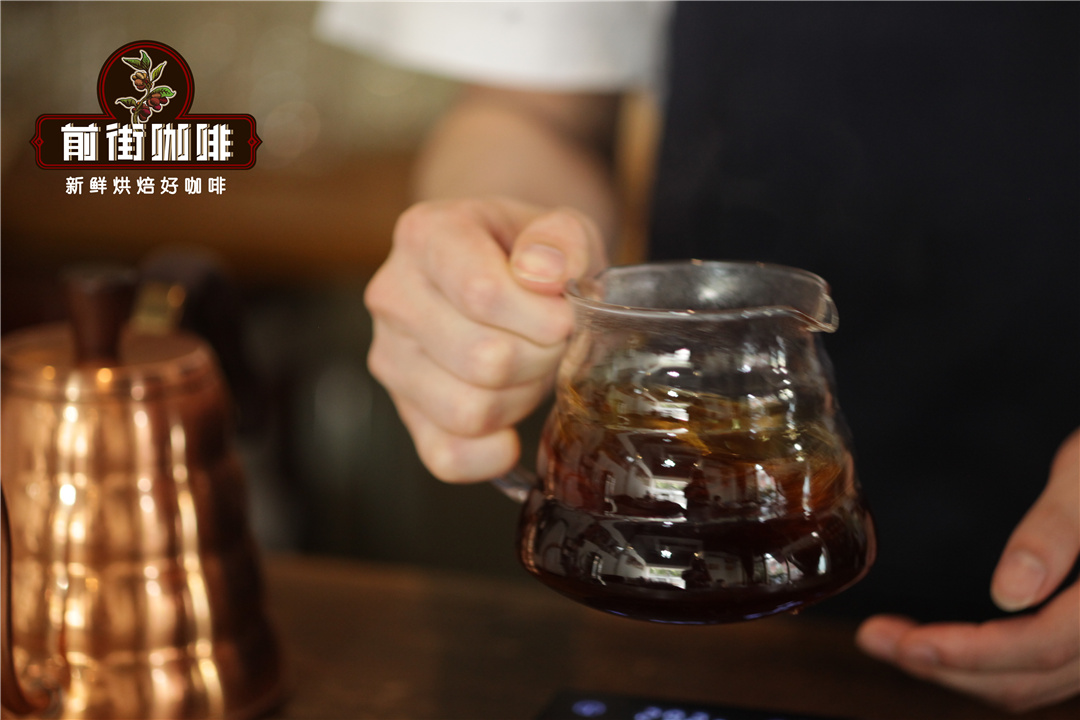
Many people think that the citrus acid that many people feel after the entrance, honey is sweet to drink, in fact, the coffee enters the mouth and is catalyzed by saliva, and the aroma gasification molecules hidden in the coffee oil are released. Through the mouth into the nasopharyngeal tube into the nasal cavity and the olfactory experience, and the sense of smell will be transmitted to the brain to find a close taste memory, thus telling us whether it is citrus or honey.
The touch of the mouth-- the taste.
The description of coffee taste is mainly divided into thick feeling and astringent feeling.
Among them, the "thickness" should be distinguished from the "concentration". The concentration is determined by the proportion of soluble components in the coffee, which belongs to the sense of taste, while the thickness is to feel the oil and fiber insoluble in the coffee, which belongs to the tactile feeling. The thickness will change with the roasting degree of the coffee, the lighter the roast, the less grease, the lighter the taste; the deeper the roast, the more fat, the smoother taste and the feeling of tongue pressing.
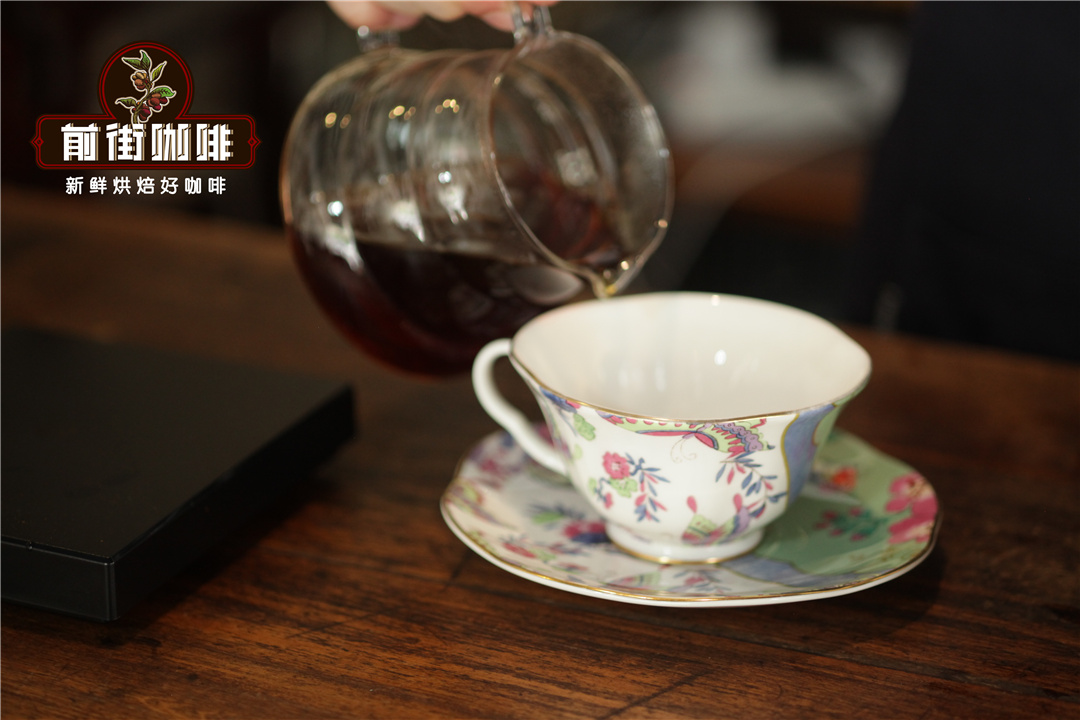
Astringency is the opposite of smoothness. It refers to the rough feeling felt at the entrance. Astringency mainly comes from the sense of touch shown by the degradation of chlorogenic acid in coffee by roasting. The quality of raw coffee beans determines the amount of chlorogenic acid. Shallow roasting is also easy to cause green taste of coffee beans. In addition, a small amount of grape acid in coffee is also a source of astringency.
Describe coffee flavor = dry and wet fragrance + sour, sweet, bitter and salty + smooth and astringent
In the former Brazilian Queen's Manor Coffee beans in the former street, for example, the aroma of the coffee beans after grinding is the aroma of dark chocolate, and the injection of 88 ℃ hot water is followed by the scorched aroma of roasted nuts. The first time after the entrance, the aroma is slightly sour, bitter and sweet, and after entering the nose, the aroma feels the aroma of fermented fruit, roasted peanuts, and the fragrance of sugar. When coffee passes through the tongue, it has a creamy smoothness that makes the mouth feel full.
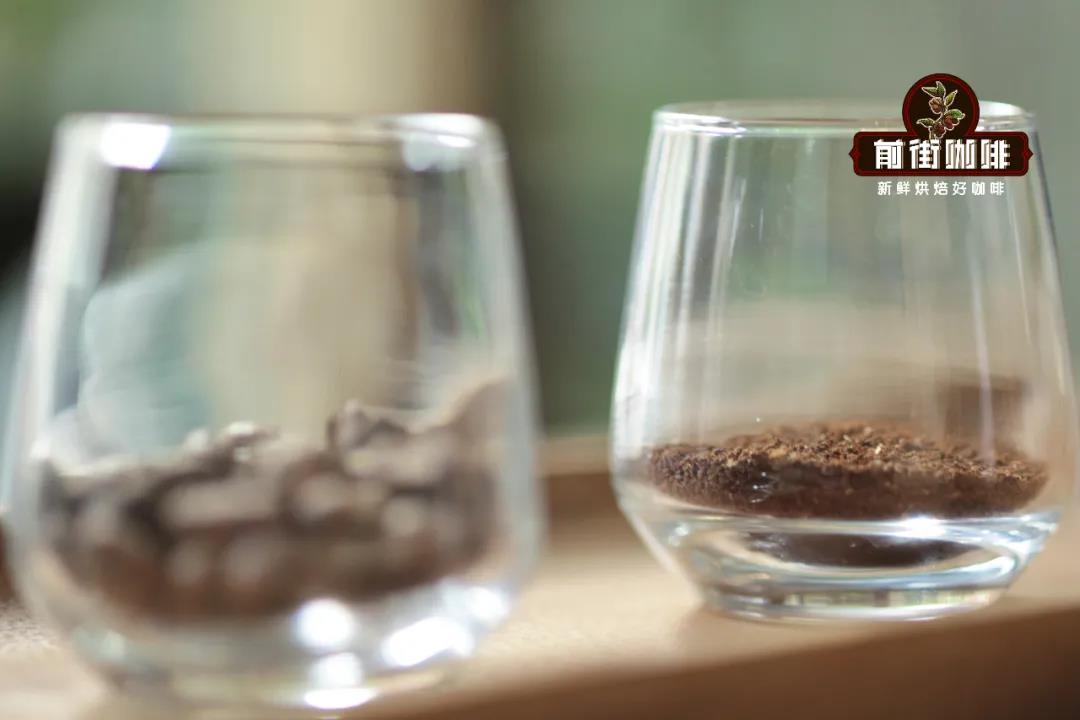
After the "identification" of smell and taste, Qianjie baristas' flavor description of Brazilian Queen's Manor coffee beans will be simplified with the above feelings, and the final flavor is: peanut cream, sugar, dark chocolate, fermented fruit.
For more boutique coffee beans, please add private Qianjie coffee on Wechat. WeChat account: kaixinguoguo0925
Important Notice :
前街咖啡 FrontStreet Coffee has moved to new addredd:
FrontStreet Coffee Address: 315,Donghua East Road,GuangZhou
Tel:020 38364473
- Prev
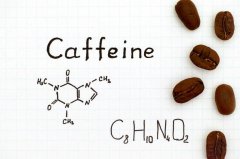
Deep-roasted coffee beans contain less caffeine than light-roasted beans. Is caffeine harmful to human health?
Caffeine is a thing that people love and hate. In the past, people have been refreshing and excited by eating coffee fruits and beans to get caffeine. And modern healthians will see coffee as the enemy. For people who love coffee while paying attention to their health, discussing which coffee has lower caffeine has always been a hot topic, including deep-roasted coffee and shallow coffee.
- Next
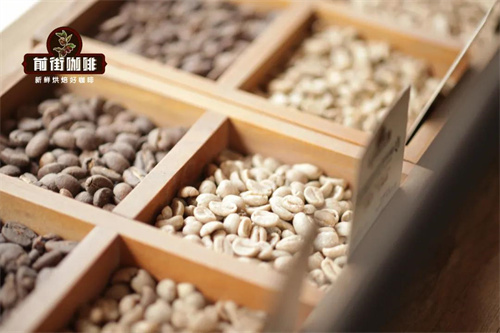
The composition of coffee fruit and coffee beans what is the reason why coffee is bitter? Caffeine content of coffee beans
Professional coffee knowledge exchange more coffee bean information Please follow the coffee workshop (Wechat official account cafe_style) after reading the title, some friends began to wonder: coffee fruit and coffee beans are not the same thing? Yes, the relationship between the two is like a mother and a son. Coffee beans come from the core of a coffee fruit. This is a coffee fruit.
Related
- Beginners will see the "Coffee pull flower" guide!
- What is the difference between ice blog purified milk and ordinary milk coffee?
- Why is the Philippines the largest producer of crops in Liberia?
- For coffee extraction, should the fine powder be retained?
- How does extracted espresso fill pressed powder? How much strength does it take to press the powder?
- How to make jasmine cold extract coffee? Is the jasmine + latte good?
- Will this little toy really make the coffee taste better? How does Lily Drip affect coffee extraction?
- Will the action of slapping the filter cup also affect coffee extraction?
- What's the difference between powder-to-water ratio and powder-to-liquid ratio?
- What is the Ethiopian local species? What does it have to do with Heirloom native species?

